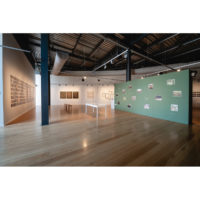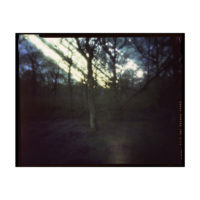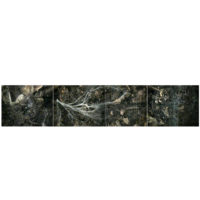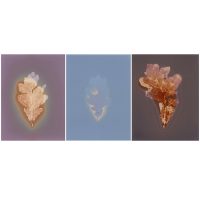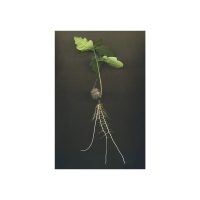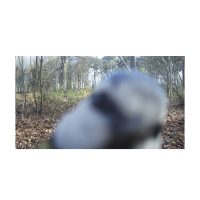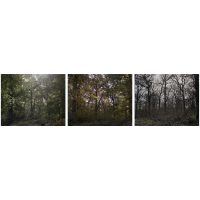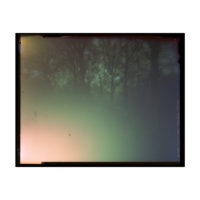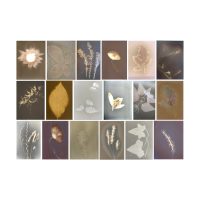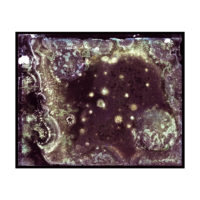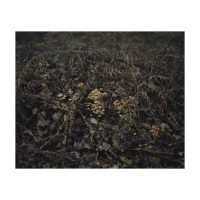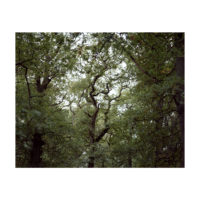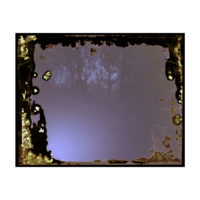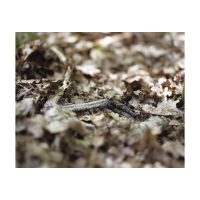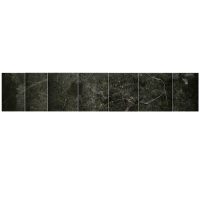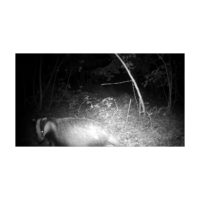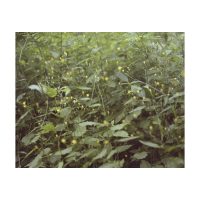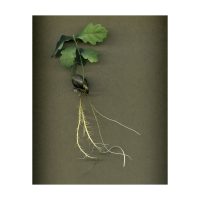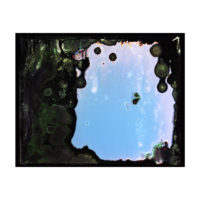Everything in the forest is the forest
My ‘Meet the Artist’ video, as part of Everything in the forest is the forest Impressions Gallery solo touring exhibition is available to view here.
A short video introducing Everything in the forest is the forest can also be found here.
‘Ecosystems are so similar to human societies – they’re built on relationships. The stronger those are, the more resilient the system.’
Professor Suzanne Simard
In 2019 I read a government report stating that loneliness and isolation were increasing in rural Britain. Similar studies, such as Age UK’s 2015 report, found that 3.9 million older adults in the UK considered television their main source of company. At that time, I was also learning that trees thrive in communities, with communication and kinship at the heart of their behaviour. This contrast between human disconnection and arboreal interdependence led me to ask, what can we learn from the unity of the forest to improve how we live together?
I was welcomed into The Birmingham Institute of Forest Research (BIFoR FACE) to spend time with a circle of twelve 180-year-old oak trees, and visited them regularly to visualise and learn from their intelligent manifestation of community and exchange. Part of the University of Birmingham, BIFoR is a world leading facility pioneering research into the impact of climate change on woodlands and trees.
I found a space alive with symbiosis. Though trees appear as individuals, they are intricately connected underground, exchanging nitrogen, carbon, water, nutrients, and information. Each oak is a biodiverse home for 2,300 species, embracing diversity as strength. Their seeds carry centuries of environmental memory, guiding their adaptation to climate variations. They identify and nurture their offspring and support weaker trees. Annually, each tree produces 700,000 leaves, which convert sunlight to sugar. When the leaves fall, they enrich the soil, feeding the wider ecosystem. In death, their slow decay sustains life for centuries.
When lockdown came, thereby exacerbating the problem of human isolation in rural circumstances, I identified people living around the forest who were lonely or isolated. I delivered monthly online workshops to nurture a creative network and teach the participants forest-based photographic skills. Mirroring the social, supportive behaviour of the oaks through our collective interest in photography, we formed lasting friendships. The group said that the workshops provided much needed focus in solitary times, and we met in person for the first time in summer 2021.
To respect the balance of the ecosystem I haven’t removed anything from the forest, adapting my practice to create all work with and within its environment. This has included building 24 pinhole cameras resembling bird boxes, which recorded long exposures on large format film over periods of six months to four years, chronicling a continuous passage of light and time. Alongside this, I created hundreds of oak leaf lumen prints exposed to sunlight on the forest floor, soil chromatographs, panoramic images of the subterranean world using a minirhizotron camera, trail camera imagery and videos, branch paintings with oak gall ink, letters to the trees, a visual journal, and a 360° sound piece of the dawn chorus, recorded collaboratively.
Inspired by the circular behaviours observed in the forest, I have worked collaboratively with artists Carolyn Morton, Danielle Phelps, Alice Fox, and designer Emily Macaulay of Stanley James Press, to make Everything in the forest is the forest, a handmade biodegradable photobook, supported by Arts Council England and Impressions Gallery.
The book features a specially commissioned collaborative text by writers Kerri ní Dochartaigh, Marchelle Farrell and Jessica J. Lee. Throughout summer 2025, it circulated nationally via a borrow and share, rather than buy and keep, community driven distribution system.
Everything in the forest is the forest is currently being presented by Impressions Gallery as a solo touring exhibition. From May to August, the show was part of Bradford 2025, UK City of Culture.
This work is kindly supported by Arts Council England, Impressions Gallery, Bradford 2025, GRAIN Projects, STEAMhouse, The Birmingham Institute of Forest Research (BIFoR FACE), University of Birmingham, University of the West of England, Stirchley Printworks, and a-n The Artists Information Company.
